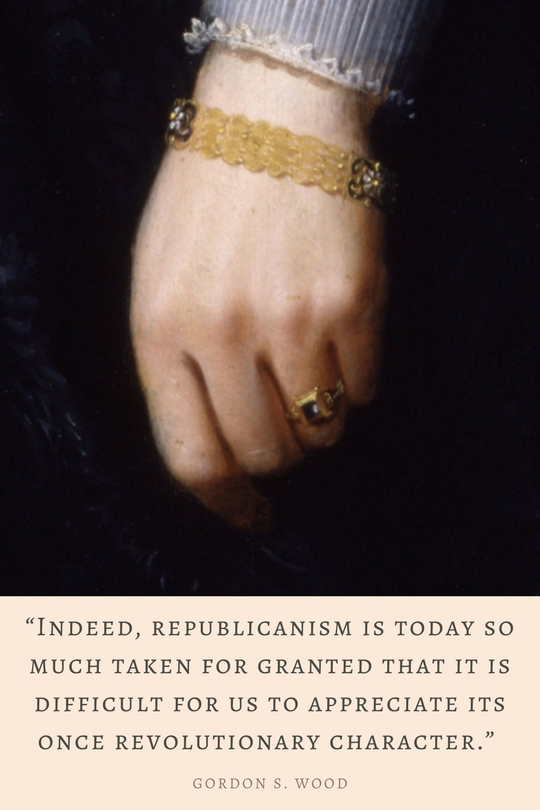Age of the Rule of Faith: Crusade against Gnostics and Scientific-Thinking Pagans
- Act of Irenaeus (Bishop of Lyon) disputing with Narcissus
- Gnostics and Scientific-Thinking Pagans (Christians invent the Rule of Faith)
- Christian Exclusive Truth Claims and Emphasis on Right Belief vs Pagan and Eastern Religions (Valerie Tarico)
“The true Christians died with the last of the Gnostics, and the Christians of our day are but the usurpers of a name they no longer understand. As long as this is the case, Orientals cannot agree with Occidentals; no blending of religious ideas would be possible between them.” (Helena Blavatsky, Notes on Abbé Roca’s “Esoteric Christianity,” Le Lotus, Paris, Vol. 2, No. 9, December, 1887)
The new religion becomes highly popular through the conversion of Emperor Constantine, and changes the course of history. When the proto-Orthodox Christians gained imperial support and patronage from the Roman emperors, this sealed their authority. It was the proto-Orthodox Christians who rooted out any of the early unconventional schools of thought as argued in Against Heresies. Hellenic philosophers, the Ophites and Therapeutae of Alexandria and Greece, and Roman educated elite taught of a Virtue and Science, which they tried to widen the vision of the Christians with.
“…the early Church Fathers, in their attempt to eliminate this more experiential Christianity in favor of building an orthodox institution—a universal, or catholic church—declared the texts to be heretical. The Gnostics may well have buried the texts to avoid brutal purges being led by the notorious Bishop of Alexandria, Athanasius, in the year 367. Although many of the stories in what became the New Testament—the Virgin Birth, the Resurrection of Christ—are at least as strange as anything in the Gnostic texts, the Church leaders canonized the Gospels attributed to Mark, Matthew, Luke, and John as a reliable basis for a social organization with mass appeal. Gnosticism, with its emphasis on individual divinity and unmediated personal communion, was a threat to the authority of bishops and priests. Its suggestion, for instance, that the Resurrection of Jesus was a mythological vision, rather than, as the Synoptic Gospels assert, a historical event, was intolerable, and so was the Gnostic notion that God was both father and mother of Jesus. Thus, in the second century an orthodoxy began to take shape—and, with it, a temperament. Irenaeus, the orthodox Bishop of Lyons and one of the leading crusaders against the Gnostics, declared that, while certain heretics “boast that they possess more gospels than there really are,” no Church leader may, “however highly gifted he may be in matters of eloquence, teach doctrines different from these.” (David Remnick, The Devil Problem, April 3, 1995 Issue)
The Age of the Rule of Faith: The Christian Scheme
from the Great Theosophists Series—The Gnostics
“It must be remembered that this period of history was particularly brilliant. The Roman Empire of that day was filled with minds well-schooled in the philosophy of Plato, Pythagoras, Aristotle and Zeno. The religious and philosophical systems of Egypt, Chaldea, Persia and India were known to many scholars. The work of Apollonius had greatly augmented the already existing interest in the philosophies of the Far Fast. Thousands of students were pouring out of the great Schools of Alexandria and Ephesus each year, and all of them were armed with knowledge. How could men like these accept the idea that the Jews were the only nation to whom God had revealed Himself? Knowing the Scriptures of other nations, how could they acknowledge the Jewish Bible as the only revelation of God? Being fully acquainted with the lives of other great Teachers, how could they accept Jesus as the only one? But some of them could, and did…”
“Constantine, the first Christian Emperor, published an edict giving freedom to all slaves who would embrace Christianity, and promising a white robe and twenty pieces of gold to all Roman citizens who would profess the Christian faith. As a result of this edict, twenty thousand men, with a proportionate number of women and children, were baptized in the city of Rome alone. This method of procuring converts naturally added nothing to the dignity of the Christian religion, and may have had something to do with the silence of contemporary historians.
Another reason for their silence may be found in the Christian attitude toward knowledge. The adoption of the Christian religion depended then, as it depends now, upon the profession of faith. The pursuit of knowledge was condemned by the Church from the first, and those who professed knowledge were first denounced, then persecuted and finally burned at the stake. As early as the second century we find Tertullian, the Church Father, declaring that,
“Schoolmasters and professors of literature are in affinity with manifest idolatry and sin.”
In the fourth century Eusebius complained against some of the more enlightened who continued their intellectual studies after their conversion to Christianity. He accused them of abandoning the rule of faith in favor of the “subtile precepts of logic,” and declared that they were corrupting the simplicity of the Gospels by the refinements of reason.
Passing over the Middle Ages, where any man who professed knowledge was in danger of his life, and coming to the enlightened year of 1870, we find Pope Pius IX making this assertion:
“We therefore pronounce false every assertion which is contrary to the enlightened rule of faith. Moreover, the Church holds likewise from God the right and the duty to condemn knowledge falsely so-called, lest any man be cheated by philosophy and vain deceit.”
This hostile attitude toward knowledge seems to have been confined entirely to the Christians. Before the days of the first Christian Emperor, we can search in vain for any enactment against the acquisition of knowledge, or for any persecution of those who possessed it. Every one was allowed intellectual freedom, and men like Galen, Lucian and Plotinus, who in the Middle Ages would have been burned at the stake, lived in perfect peace and security under the Roman standard, fully protected by the Roman law.
Perhaps it was this denunciation of knowledge and this criticism of those who possessed it which kept men like Seneca, the older and the younger Pliny, Tacitus, Plutarch, Dion Cassius, Epictetus and Marcus Aurelius from evincing any interest in Christianity. For, as Gibbon says in his Decline and Fall of the Roman Empire:
“All these men overlooked or rejected the perfection of the Christian system. Those among them who condescend to mention the Christians consider them only as obstinate and perverse enthusiasts, who exacted an implicit submission to their mysterious doctrines, without being able to produce a single argument that could engage the attention of men of sense and learning.”
It must be remembered that this period of history was particularly brilliant. The Roman Empire of that day was filled with minds well-schooled in the philosophy of Plato, Pythagoras, Aristotle and Zeno. The religious and philosophical systems of Egypt, Chaldea, Persia and India were known to many scholars. The work of Apollonius had greatly augmented the already existing interest in the philosophies of the Far East. Thousands of students were pouring out of the great Schools of Alexandria and Ephesus each year, and all of them were armed with knowledge.
How could men like these accept the idea that the Jews were the only nation to whom God had revealed Himself? Knowing the Scriptures of other nations, how could they acknowledge the Jewish Bible as the only revelation of God? Being fully acquainted with the lives of other great Teachers, how could they accept Jesus as the only one? But some of them could, and did, accept Jesus as the last of a long line of teachers. They recognized that his teachings were only repetitions of ancient ethical precepts, and that the legends surrounding his life were identical with those of his predecessors. Knowing that Truth is universal, and that expressions of Truth had appeared in different lands at different times, they took those universal truths, wove them into the Christian tradition, and presented them to the world as the true spirit of Christianity.
These men tried to show the philosophical basis of Jesus’ teachings. They tried to prove that there is a science of the soul as well as a science of the body. They tried to present Christianity in a form which would appeal not only to the untutored mind, but at the same time give the greatest minds their fullest scope. These men were known by many names. The world today calls them the “Christian” Gnostics, but the Church of that day called them Heretics, and the whole history of the second and third centuries of Christianity revolves around the attempts of the Church to refute and destroy their teachings.
The original source from which the Gnostics drew their teachings is known as the Gnosis. The word means knowledge, and refers to the ancient Wisdom-Religion, the secret science of sciences from which all true systems of religion and philosophy have sprung. The Gnosis has always existed, and there have always been the knowers of it: the true Gnostics. These are the great Adepts of history, the Mahatmas, the spiritual Teachers of the race.” (Christian Scheme: The Age of the Rule of Faith in the Great Theosophists Series—The Gnostics, Theosophy Magazine, Vol. 24, No. 11, September, 1936)
Ancient Roman Creationism: Scientific-Thinking Pagans versus Armchair Christians
The Age of the Rule of Faith about Christian attitudes affirm Dr. Richard Carrier’s arguments in Ancient Roman Creationism: Scientific-Thinking Pagans versus Armchair Christians. Dr. Richard Carrier’s lectures about when the Christians were gaining thousands of new converts within the provincial cities throughout the Roman empire. New questions were being asked, and tactics developed to convert. The Christians replaced the logic and developing scientific thinking of the Pagans with the dominant rule of faith over reason, which held back these developments.










